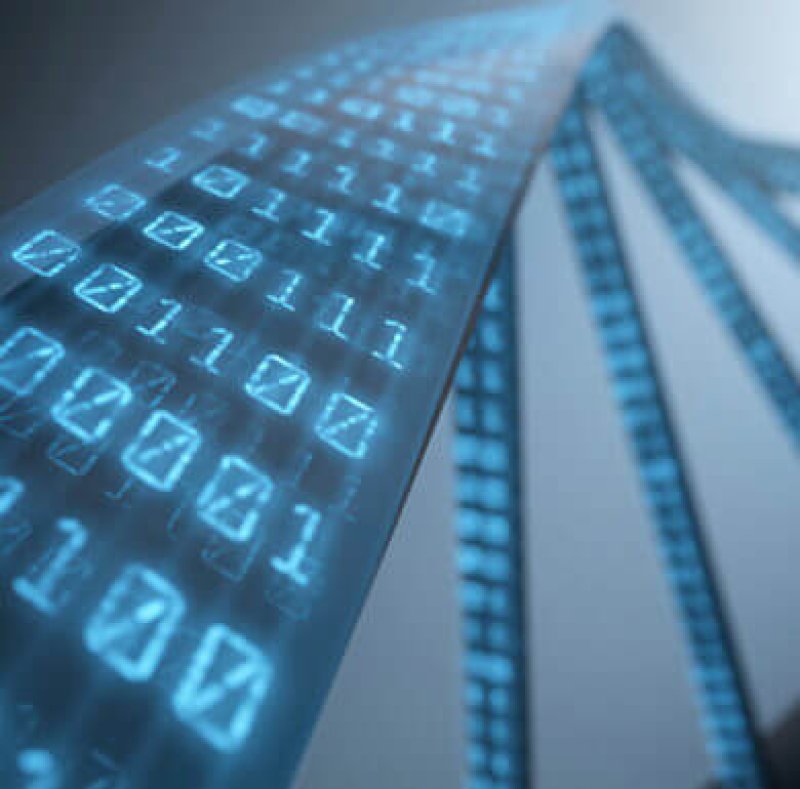…
Not only did this result represent far and away the largest volume of data ever artificially encoded in DNA, it showcased a data density for DNA that was several orders of magnitude greater than that of state-of-the-art storage media, never mind the average computer hard drive.
…
With continued improvements in the volume of information that can be packed into DNA’s tiny structure—data can be stored at densities well into millions of gigabytes per gram—such a future doesn’t look so fanciful. As the costs of oligonucleotide synthesis and sequencing continue to fall, the challenge for researchers and companies will be to demonstrate that using DNA for storage, and maybe even other tasks currently carried out by electronic devices, is practical.
…
Whatever the future of DNA in these more complex technologies, such projects are a testament to the perceived potential of molecular data storage—and an indicator of just how much the field has progressed in a very short period of time.
The GLP aggregated and excerpted this blog/article to reflect the diversity of news, opinion, and analysis. Read full, original post: Making DNA Data Storage a Reality































